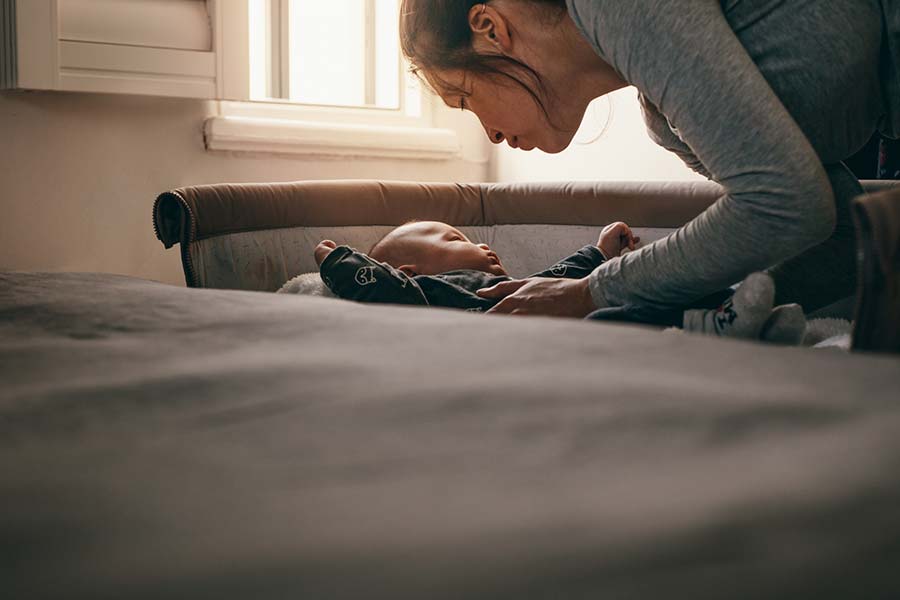Is “drowsy but awake” a good sleep training tip?

“Drowsy but awake” means putting your baby to sleep in their crib before they are sleeping soundly. It is one of the most common sleep tips for newborns and, in some cases, that works just fine. However, as babies get older and more cognitively aware, this strategy will soon cease to work.
With a baby aged four months and up, drowsiness can actually become a prop association.
Let’s think about it this way: sleep is a journey, and when you are supporting your baby as they are trying to go from point A, which would be wide awake, to point B, which is asleep, you are basically becoming their personal “chauffeur”. This means that when they have a naturally occurring wake-up during the night, they will need you to give them a ride to go to point B again.
That’s when the goal should be to teach your baby how to fall asleep from point A independently..
I know it might seem like you’re asking too much of your baby but, while it is hard to admit it, the only way that your child can grow is if you give them enough room to develop their new skills. And sleep is – by all means – a skill that can be learned.
So, if you want to teach your baby how to drift peacefully and independently to sleep, the first thing you should do is make sure that they are not entering into the drowsy phase in your bedtime or nap time routine.
But what does drowsiness look like?
Drowsiness can be tricky because, even if it doesn’t totally look like it, your baby could already be in the first stage of sleep. So here are some things you want to keep an eye on.
- The “seven-mile stare” – If you notice your baby looking off into space, this can be a sign of drowsiness. The best way to avoid it is to talk to your baby, tickle your baby, or remove your baby from the nipple or the bottle before resuming feeding again.
- Heavy blinking – Make sure your baby’s eyes look alert and are not blinking heavily. This can be a sign of drowsiness. The best thing to do to avoid this is to talk to your baby, sing to your baby, or give your baby a little tickle to keep them alert.
- Closing the eyes during a feed – Again, you want to make sure that your baby’s eyes stay alert and open through the entire feed.
Remember, the goal is to make sure your baby remains alert and wide awake through the entire routine and goes into the crib ready to start the sleep journey from point A.
When you start doing this, you might notice that your baby does a little bit more protesting all of a sudden. This is just a confirmation that they were actually relying on you to help them into sleep and that they are struggling slightly in learning how to go from start to finish all on their own. But the good news is that, if you calmly and consistently accompany your baby in the process, they will be able to make the journey independently and to finally start sleeping through the night.
– Sara




